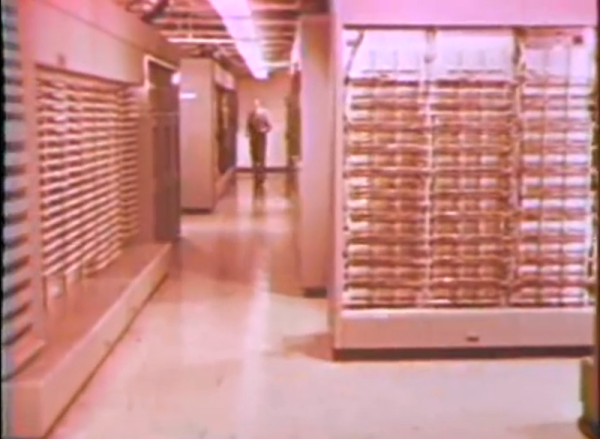There appears to be no shortage of reasons to hate on wind farms. That’s especially the case if you live close by one, and as studies have shown, their general acceptance indeed grows with their distance. Whatever your favorite flavor of renewable energy might be, that’s at least something it has in common with nuclear or fossil power plants: not in my back yard. The difference is of course that it requires a lot more wind turbines to achieve the same output, therefore affecting a lot more back yards in total — in constantly increasing numbers globally.
Personally, as someone who encounters them occasionally from the distance, I find wind turbines mostly to be an eyesore, particularly in scenic mountainous landscapes. They can add a futuristic vibe to some otherwise boring flatlands. In other words, I can not judge the claims actual residents have on their impact on humans or the environment. So let’s leave opinions and emotions out of it and look at the facts and tech of one issue in particular: light pollution.
This might not be the first issue that comes to mind when thinking about wind farms. But wind turbines are tall enough to require warning lights for air traffic safety, and can be seen for miles, blinking away in the night sky. From a pure efficiency standpoint, this doesn’t seem reasonable, considering how often an aircraft is actually passing by on average. Most of the time, those lights simply blink for nothing, lighting up the countryside. Can we change this?
Continue reading “Wind Farms In The Night: On-Demand Warning Lights Are Coming”













